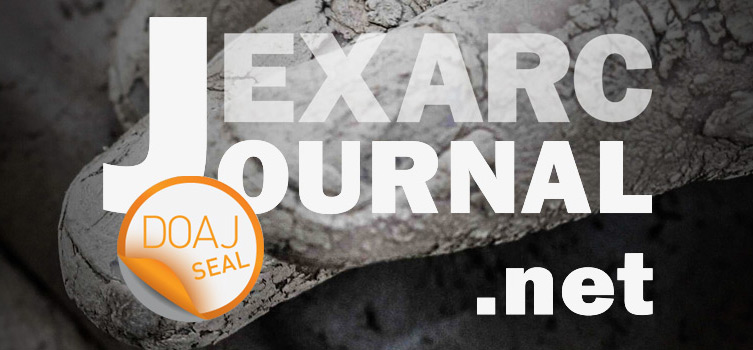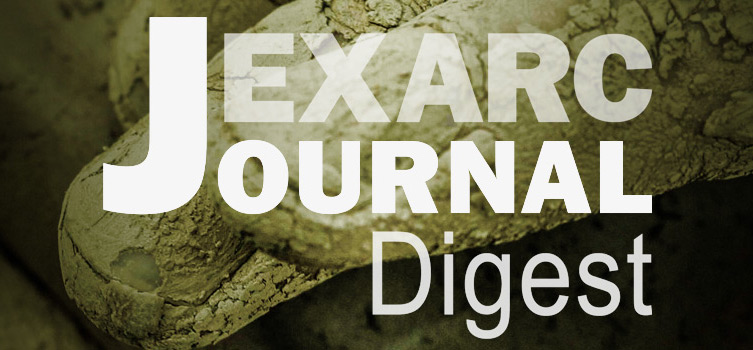The EXARC Journal
"EXARC represents a gateway into the world of experimental archaeology as both a research tool as well as a critical way of introducing a wider public into the past through the results of experiential archaeology. And good experiential archaeology should, at least in part, be based on the results of good analytical experimental archaeology in a complex, vibrant and ever-changing activity network. Archaeology as a discipline cannot and will not continue to exist unless today the Cultural Heritage of the Past can be made real and understandable to local communities and politicians who ultimately support our work. EXARC is special because its work is not narrowly focused but rather embraces good, critical practice over a broad range of strictly scientific and living archaeology research projects. The articles published under its aegis neither talk down to their audience nor over-simplify complex issues of technical reconstruction."
Dr Alice Choyke, Budapest, Hungary
The EXARC Journal is aimed at Experimental Archaeology, Archaeological Open-Air Museums, Interpretation and Ancient Technology. It features the latest developments in fieldwork, academic research, museum studies, living history interpretation and ancient technology. Since 2004, we have published over 800 articles. We welcome your relevant manuscripts. View full aims & scope
Explore Our Articles:
All articles are Open Access.
 EXARC Journal (Online)
EXARC Journal (Online)
ISSN: 2212-8956
From 2012, we publish the EXARC Journal three to four times a year. Each issue contains about 10-25 articles. Check also the Index of all published articles.
 EXARC Journal Digest
EXARC Journal Digest
ISSN: 2212-523X
In the years 2011-2024 we published a hard copy journal, featuring a selection of abridged articles from the EXARC Journal. Full versions of all these articles are published in the EXARC Journal.

 EuroREA
EuroREA